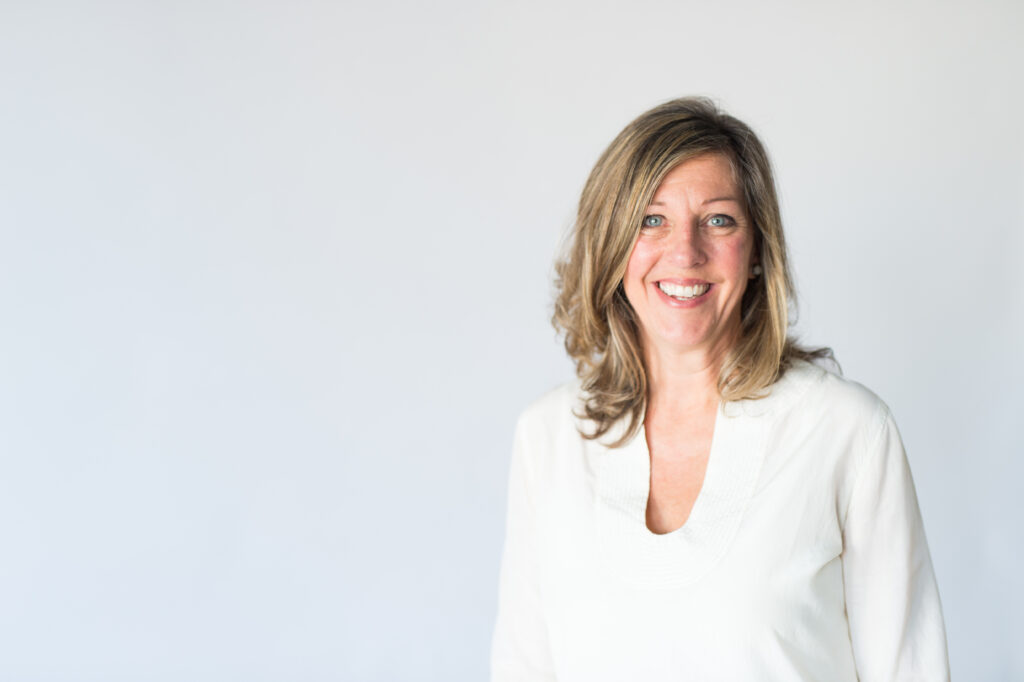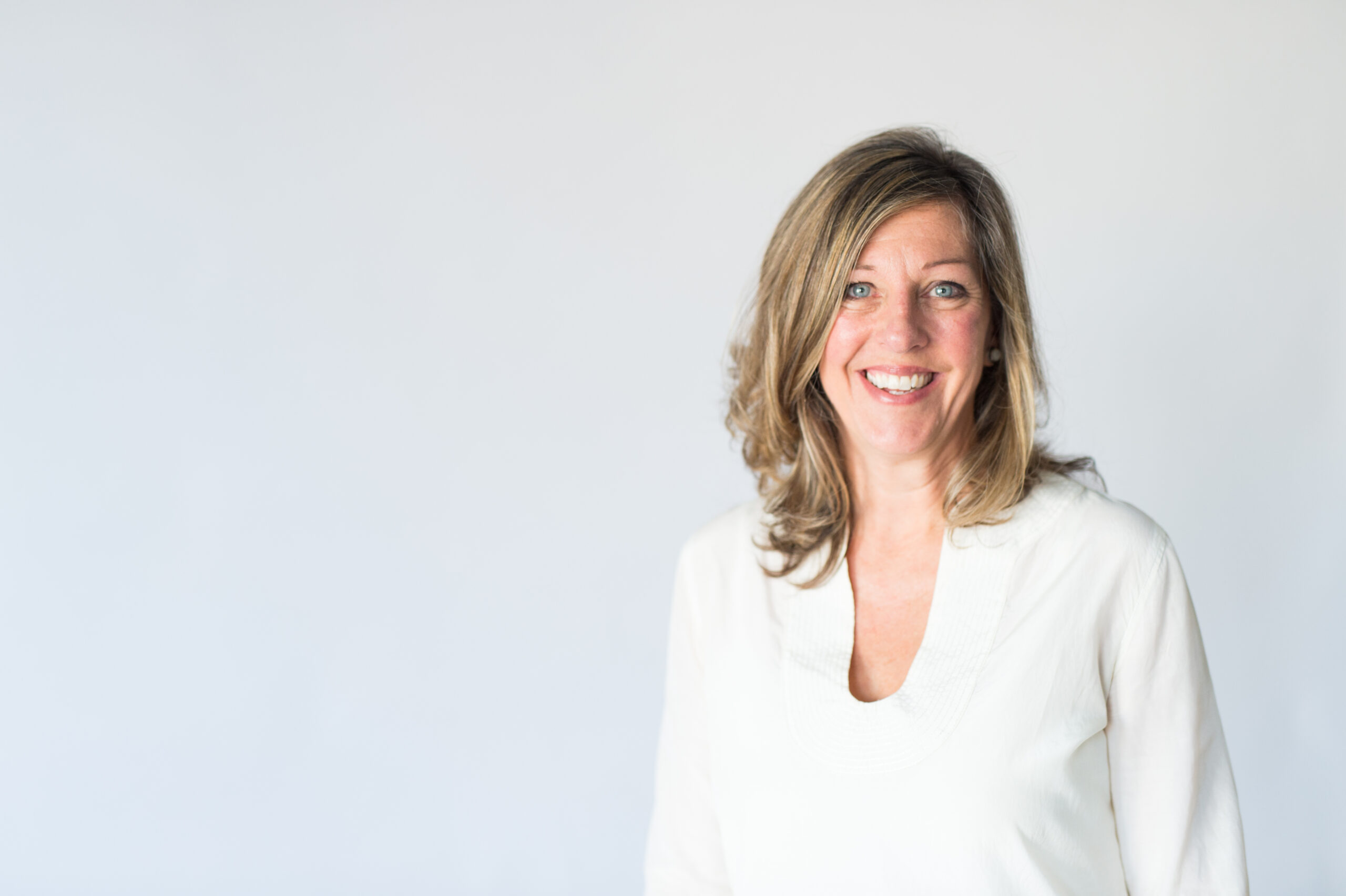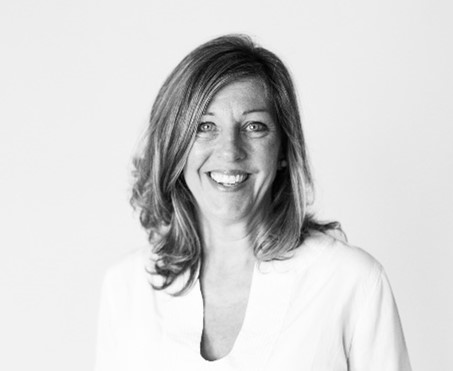Friends –
It’s already March, and I’m grateful to see the bursting bulbs and blossoms and to feel the promise of spring. If you read nothing further, please register and join us for AIA Virginia’s Design Forum at the Institute for Contemporary Arts at VCU in Richmond on April 5th and 6th!

2024 President, AIA Virginia
In January, your state and local component leaders gathered for an inaugural leadership roundtable. The immersive conversation centered around our collective challenges, what’s working well, and how we can better help one another. And the collaboration and connections were so relevant that we unanimously agreed (rather than waiting a year) to do it again in six months!
In late February, leaders from Virginia joined over 400 architects who met with Senators and Representatives on Capitol Hill to lobby on behalf of our profession and the built environment. We spoke to them about the Research and Development Tax Credit’s impact on our businesses’ bottom lines, the Democracy in Design Act which ensures our ability to design federal buildings that reflect their time, place, and community’s values, and we spoke frankly about how to correct common misinterpretations of a federal 6% fee cap.
In the following days at the AIA Leadership Summit, leaders from the state and (yep, all five!) of our local components gathered in DC to connect with peers and gain insight from experts on board logistics, expanding our impact, honing our efforts, and leading through our passions. Your local leaders are very fine folks indeed, and I encourage you to step up (host an event at your firm, offer a project for a building tour, share your wisdom on a panel discussion, join a committee or the board) and serve alongside them.
As a relator (not a realtor), I recognize the ongoing need to strengthen connections and communication between the (continually evolving and largely volunteer-led) state and local components. And everyone likes beer and food, right?! So, we’ll be hosting local Town Halls + Happy Hours throughout the year at each component. Please watch for announcements from your local component, and I look forward to seeing many of you in person!
Finally, I just want to say CONGRATULATIONS to our Virginia colleagues Ed Ford, Bruce Wardell, Michelle Amt, and Mel Price on being elevated to the 2024 College of Fellows!
Hang in there, only nine more days till the equinox…
Kelly D. Callahan, AIA
2024 President, AIA Virginia


